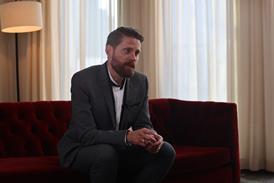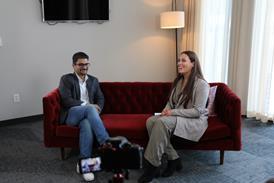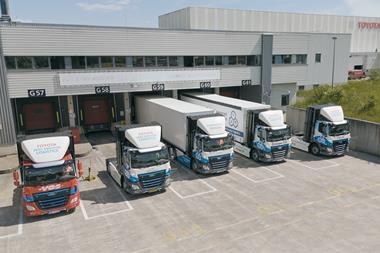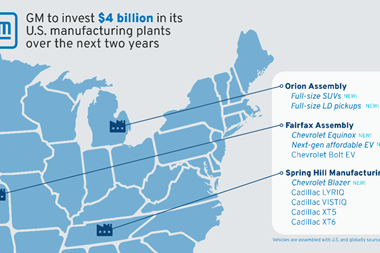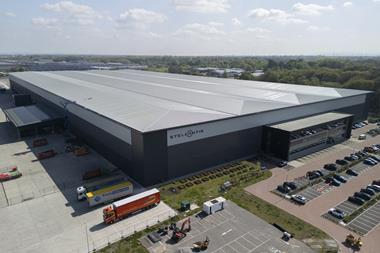
Ford is exploring a range of intermodal options across Europe as it seeks to cut logistics costs and improve efficiency, including new rail lines to Russia, a Central Eastern hub in Poland and the use of the Danube as a commercial inland waterway in Romania.
Talking at this year’s Automotive Logistics Europe conference in Montreux, Ford Europe's Director for MP&L, Stephen Harley, took delegates through new channels of intermodal transport for both inbound materials and finished vehicles that the company has been exploring, and outlined potential new projects. He also criticised the European Union for failing to deliver a coherent, unified transport policy.
“We are moving into alternative intermodal such as 'Lorry Rail' out of Perpignan so we can cut some of the transit time across France,” he said.
The Lorry Rail consortium, which includes national French and Luxembourg rail companies SNCF and CFL, as well as the wagon and trailer builder, Lohr Group, allows Ford to transfer parts from its Valencia plant from road to rail at Perpignan which is approximately 25km from the Spanish border. From there the parts are taken by rail 1,050km to Bettembourg in Luxembourg before movement onto the Saarlouis plant in Germany, again by road. The service runs in two trains in each direction each day, seven days a week and Ford reports a punctuality of 90% since its introduction in September 2007.
“We are also very interested in the alternative measures, such as crane-able megatrailers and certainly double-deckers,” said Harley. “We use [these] extensively in our parts delivery so you get to use the full cube of the semitrailer or the swap-body.”
This is important to Ford in Europe which picks up parts from 1,800 locations for delivery into 30 plants and hubs.
“We clearly want pallet-wide boxes so we don’t lose space when we transport things, so high-cube containers are essential,” he added.
On the outbound side, Ford distributes vehicles from 65 pick up points to 3,000 dealer destinations and does so for 70% of its vehicles by road.
“There is scope for going north through to Russia with rail and room for improvement.” He also said there was prospect for making a central eastern hub for effective east-west and north-south routes coming together and that this would probably be in Poland.
Harley added that there is a growing interest in opening the Danube up for automotive traffic. “There is a big interest in Romania for the river to be used as a commercial avenue,” he said.
Ford is planning to start production of the Transit Connect at the Craiova plant in Romania in the second half of this year pending outstanding parts of the EU approval process. “Time and tide might have an affect because it is somewhat seasonal in terms of water height which make it difficult but these are challenges and we will continue with inland waterway.”
Ford already uses barges on the Rhine to move Fiesta and Fusion models from its Cologne plant to southwest Germany.
Elsewhere he talked about the balance between road and rail and how movements were affected by a lack of clear thinking in European policy.
“There are things that we particularly need in terms of a single European policy. And we were all promised a long time ago that the Common Market would provide an even playing field. But that isn’t the case. National governments still treat transport differently."
This modal imbalance could be influenced by some healthy competition from the introduction of road-based megaliners. “[With] megaliners… you can actually pull two long trailers together to create a bigger roadtrain and for the same fuel consumption you move a lot more goods, meaning fewer vehicles on the road and fewer accidents.
“Obviously the rail lobby would be very nervous about this because they would see it as a threat but I would see that as a challenge because what rail should do then is step up to their equivalent, to make this unnecessary on anything other than the appropriate inter-depot movements.”




